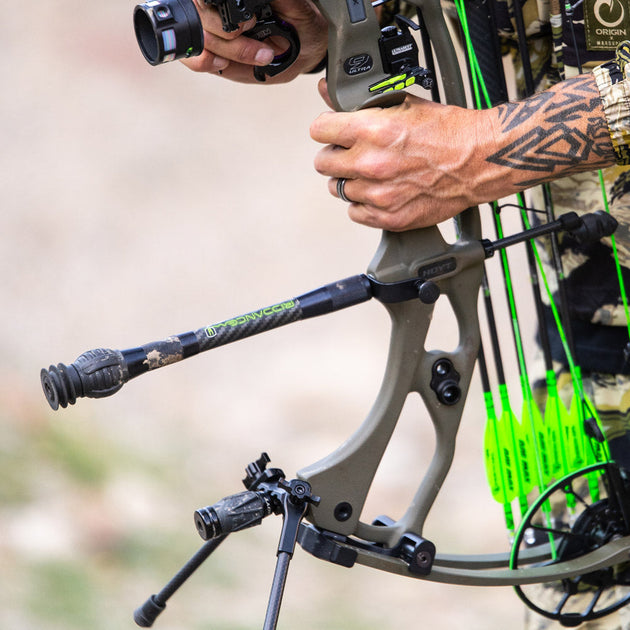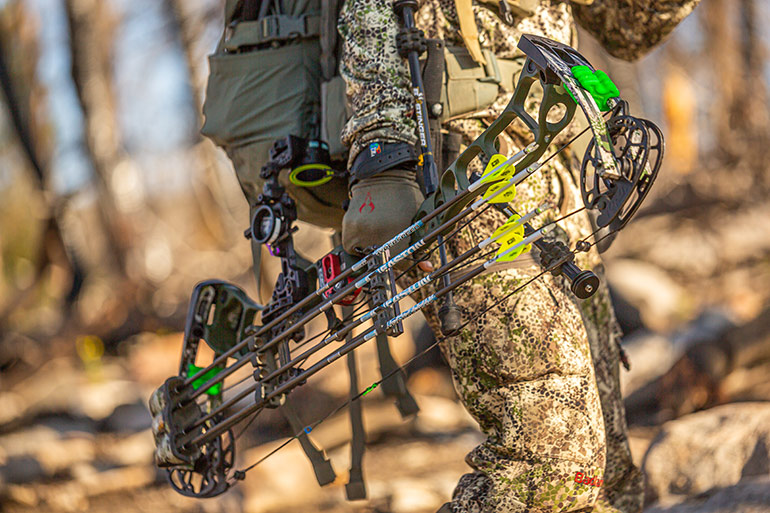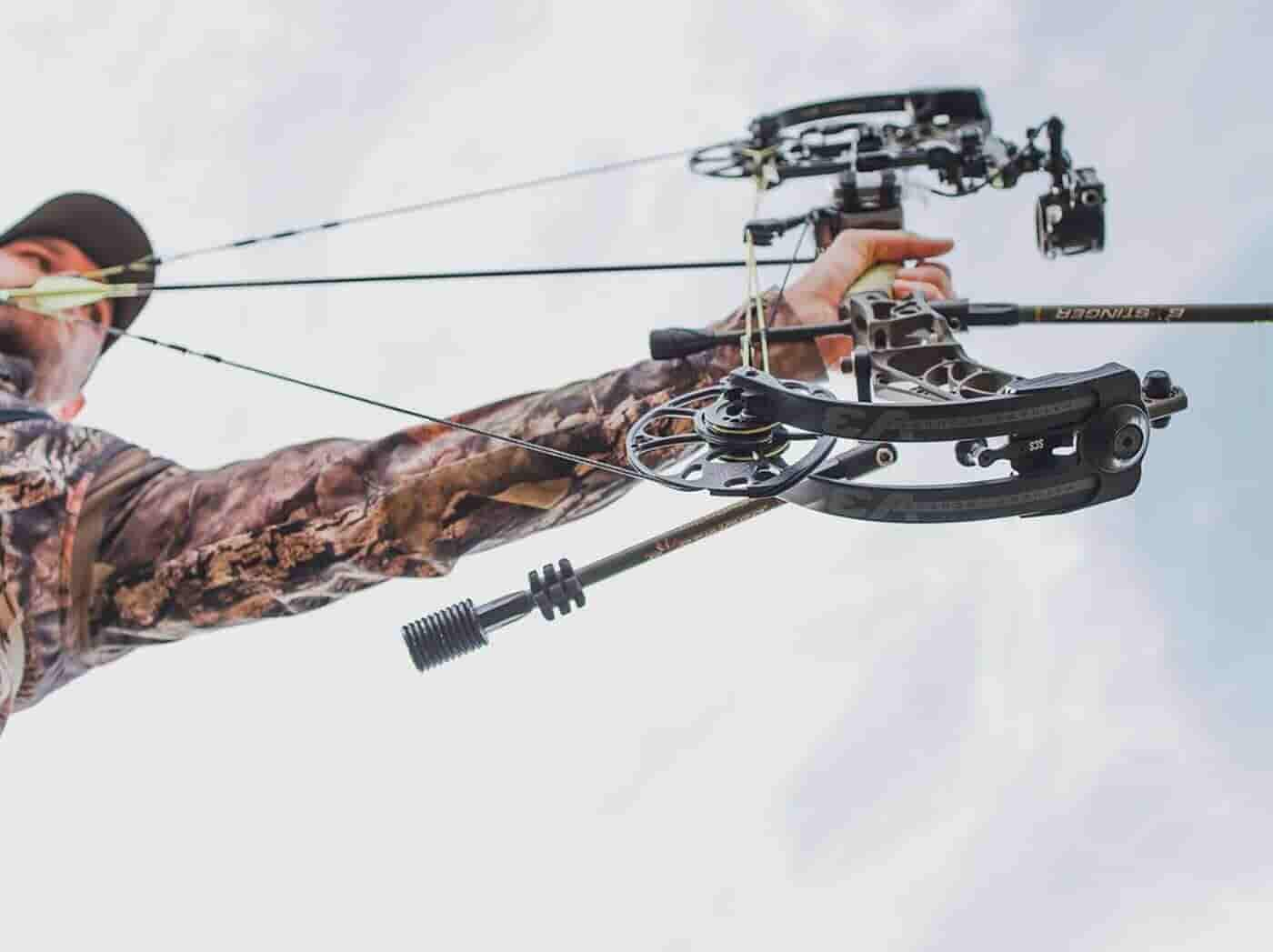The Scientific Research Behind Archery Stabilizers: Exactly How They Enhance Performance
The Scientific Research Behind Archery Stabilizers: Exactly How They Enhance Performance
Blog Article
Master the Art of Archery: Comprehending the Significance of a Stabilizer in Your Arrangement
Archery, an old sport that calls for ability, accuracy, and emphasis, has mesmerized people for centuries. Whether one is a skilled archer or simply starting their trip, the relevance of a stabilizer in their setup can not be overemphasized. This critical tool plays a significant duty in boosting accuracy and improving overall performance. By understanding the benefits of using a stabilizer, thinking about the best elements when selecting one, and effectively mounting and readjusting it, archers can raise their abilities to new elevations. Let us explore the complexities of understanding the art of archery and uncover the very useful duty that a stabilizer plays in achieving success on the array.
The Function of a Stabilizer in Archery
A stabilizer plays an essential function in archery by boosting balance and minimizing resonances throughout the shot. A stabilizer assists to neutralize these vibrations by taking in and dissipating the power (archery stabilizer).
Among the major advantages of a stabilizer is its capability to boost equilibrium. When an archer holds a bow, it can be testing to preserve a stable goal. The weight of the stabilizer helps to disperse the weight uniformly, minimizing the stress on the archer's arm and enhancing security. This permits the archer to concentrate on their objective and execute a much more accurate shot.
Along with balance, a stabilizer also aids to decrease torque. When an archer launches the bowstring, there is a natural propensity for the bow to rotate in the hand. This turning, understood as torque, can trigger the arrow to drift off-course. The weight and layout of a stabilizer combat this rotation, making sure an extra accurate and regular shot.
Benefits of Making Use Of a Stabilizer
The use of a stabilizer in archery offers many advantages that improve an archer's performance and overall shooting experience. By absorbing and moistening these resonances, the stabilizer boosts the security of the bow, enabling for even more consistent and exact shots.
Secondly, a stabilizer assists to balance the bow by adding weight to the front end. This weight circulation combats the natural tendency of the acquiesce tip onward upon launch, reducing the amount of activity and enhancing the archer's ability to preserve purpose on target.

Last but not least, a stabilizer can additionally function as a shock absorber, minimizing the shock and recoil experienced upon launch. This not just improves the convenience of capturing yet also reduces the threat of injury or strain on the archer's body.
How a Stabilizer Improves Precision
Enhancing the precision of an archer's shots, a stabilizer plays a vital role in boosting overall performance. archery stabilizer. By including stability to the bow, a stabilizer helps reduce the unwanted motion and vibration that can occur throughout a shot. This reduction in activity permits the archer to preserve a steady purpose, leading to more precise and constant shots

Additionally, a stabilizer helps to wet resonances that take place upon launch. These vibrations can cause the bow to tremble, impacting the arrowhead's trajectory and accuracy. By taking in and dissipating these resonances, a stabilizer aids to maintain the bow's security and ensure a smooth and precise shot.
In addition, a stabilizer can additionally help in stabilizing the weight distribution of the bow (archery stabilizer). By including weight to the front of the bow, a stabilizer aids to stabilize the weight of accessories, such as sights or quivers, which might be connected to the bow. This well balanced weight circulation helps the archer preserve a controlled Extra resources and consistent shooting setting, resulting in enhanced accuracy
Factors to Consider When Picking a Stabilizer
When selecting a stabilizer for your bow, it is crucial to think about numerous elements that will certainly contribute to its general performance and viability for your individual shooting style. The very first aspect to take into consideration is the size of the stabilizer.
Another element to think about is the weight of the stabilizer. The weight of the stabilizer can influence the balance of your bow. A much heavier stabilizer can aid to reduce vibrations and enhance stability, resulting in a steadier shot. However, a lighter stabilizer might be preferred by shooters that focus on ability to move and speed.
Some stabilizers have adjustable functions, such as adjustable size or flexible weights, which allow you to customize the stabilizer to your details requirements. Carbon fiber stabilizers are lightweight and durable, while light weight aluminum stabilizers supply an equilibrium in between weight and strength.
Different stabilizers might work far better for specific shooting designs, such as target shooting or hunting. It is advisable to consult with skilled archers or professionals to figure out which stabilizer will certainly best suit your individual requirements.
Tips for Effectively Mounting and Adjusting a Stabilizer
Appropriate installment and change of a stabilizer is critical for optimizing its efficiency and ensuring optimal capturing precision. When mounting a stabilizer, it is essential to comply with a couple of key steps to guarantee its performance. Initially, determine the suitable length of the stabilizer based upon your capturing design and choices. Longer stabilizers supply more stability but can be less maneuverable, while shorter stabilizers provide boosted ability to move yet might sacrifice security. Attach the stabilizer to the bow utilizing the provided installing equipment when you have actually chosen the proper length. Ensure that the stabilizer is safely attached and lined up with the bow's riser.
After installing the stabilizer, it is necessary to make adjustments to achieve the wanted equilibrium and shot consistency. Beginning by changing the weight distribution along the stabilizer. Additionally, take into consideration readjusting the angle of the click over here now stabilizer to adjust the shot.

Final Thought
In final thought, a stabilizer plays a crucial role in archery by boosting precision and minimizing bow torque. When selecting a stabilizer, aspects such as length, weight, and material must be thought about to fulfill private needs.
Furthermore, a stabilizer can additionally help in balancing the weight circulation of the bow. By adding weight to the front of the bow, a stabilizer helps to stabilize the weight of accessories, such as sights or quivers, which may be attached to the bow. Some stabilizers have flexible functions, such as adjustable length or flexible weights, which permit you to personalize the stabilizer to your particular requirements. Carbon fiber stabilizers are long lasting and light-weight, while light weight aluminum stabilizers provide an equilibrium in between weight and rigidness.
Longer stabilizers offer more stability yet can be less manoeuvrable, while much shorter stabilizers provide enhanced maneuverability however may compromise security.
Report this page